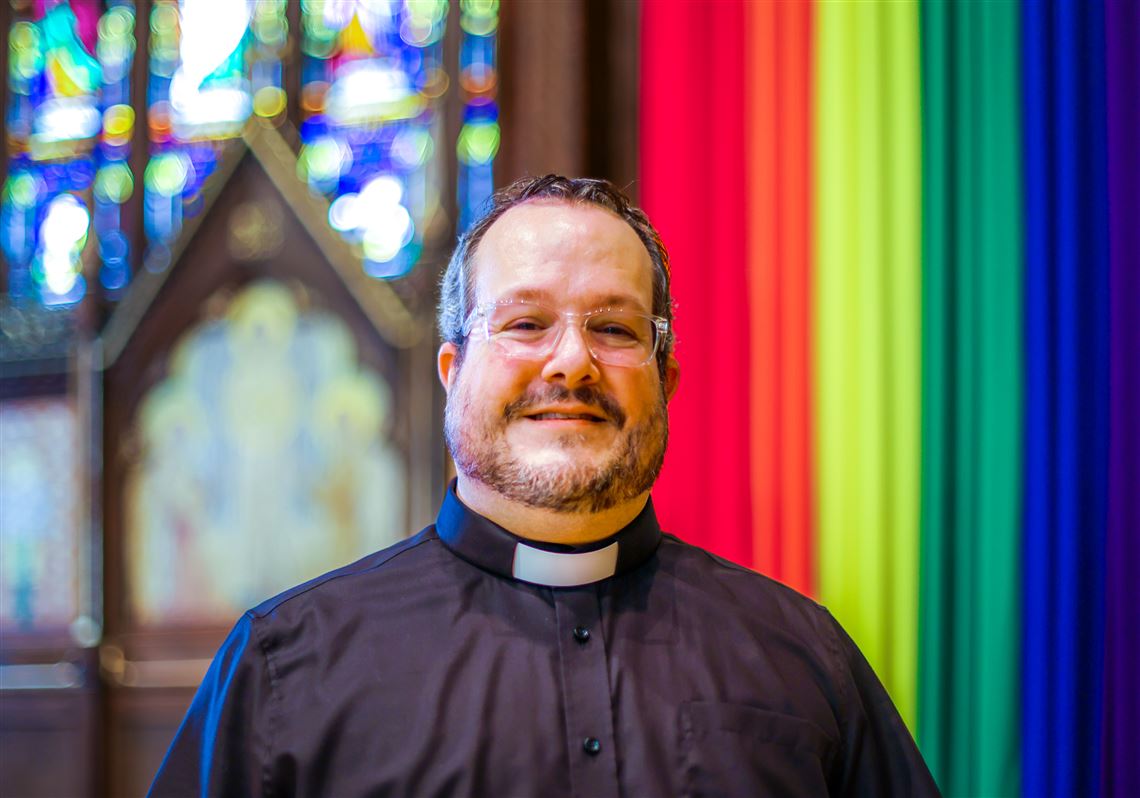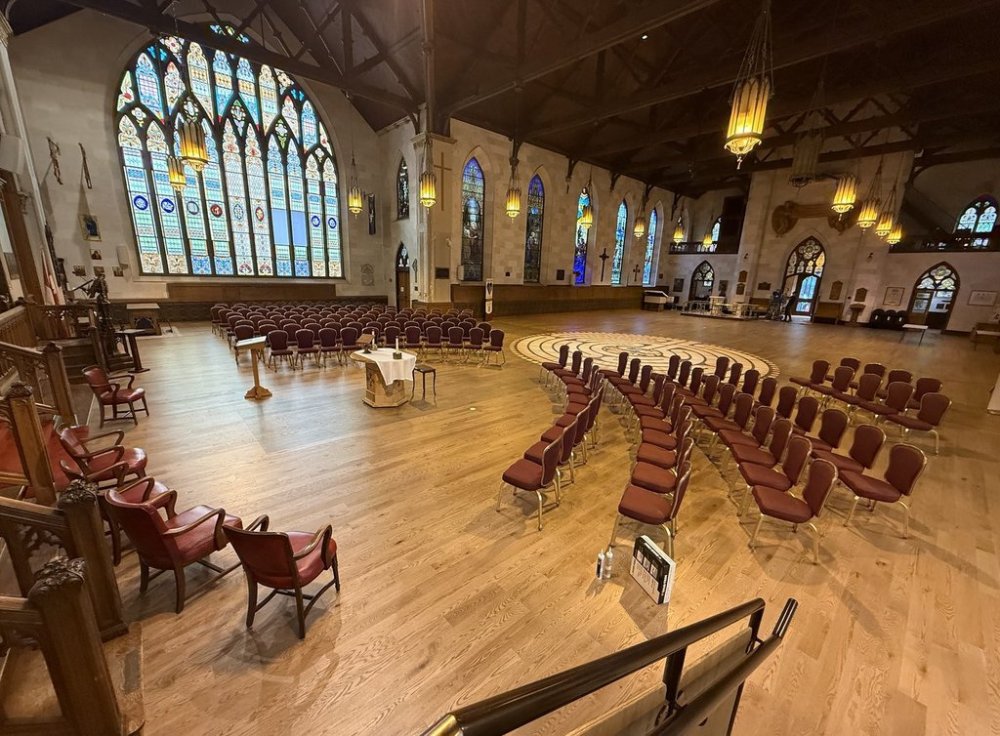The Vatican Apostolic Library, one of the world’s most prestigious repositories of religious scholarship, has confirmed it now provides a dedicated prayer space for Muslim academics visiting its collections. This move has ignited passionate debate about the growing ties between the Vatican and Islam.The friendliness of the Roman Catholic Church toward Islam goes back at least as far as the Second Vatican Council, and the United States Conference of Catholic Bishops has provided a page full of Vatican Council and Papal Statements on Islam from 1964-2013. There are too many quotes to be include in this blog post, so the reader is invited to click on the preceding link. Here are a few early examples, which may come as a surprise to those who think that the attitudes of Popes Francis and Leo XIV are a recent phenomenon.
The revelation emerged from an interview between Italian newspaper La Repubblica and Father Giacomo Cardinali, the 48-year-old Vice Prefect of the Vatican Library. Speaking casually about the institution’s role as a global research hub, Father Cardinali disclosed: “Some Muslim scholars have asked us for a room with a carpet for praying and we have given it to them.”
The comment, embedded in a broader discussion about the library’s digitization efforts and extraordinary collection, has since reverberated through Catholic and interfaith circles worldwide.
The decision represents a historic departure from Vatican tradition. As the center of the Catholic Church, Vatican City State has never before hosted non-Catholic places of worship within its borders. The world’s smallest sovereign nation—with a population of approximately 800 residents—consists entirely of Catholic citizenry and clergy. The establishment of a prayer space for Islamic worship, even in the context of academic hospitality, marks an unprecedented accommodation in the Vatican’s 95-year history as an independent state.
This makes Father Cardinali’s seemingly casual announcement all the more significant, as it introduces for the first time a designated space for non-Catholic religious practice within the walls of Vatican City.
Orthodox Jewish law forbids Jews from praying inside or even entering a Catholic church.
Catholicism and Islam are not theologically compatible as Islam considers Catholicism to be idolatry. Catholicism affirms the Trinity and Islam strictly rejects any division or plurality in the divine. Its foundational doctrine, Tawḥīd, asserts the absolute oneness of Allah. Associating anyone or anything with God — called shirk — is considered the gravest sin in Islam. In Islam, Jesus (ʿĪsā ibn Maryam) is a prophet and messenger of Allah, not divine. Islam denies the divinity of Jesus, the incarnation (God becoming man), and the atonement through the crucifixion. In Islamic theology, Jesus is subordinate to Allah.
Founded in 1475 by Pope Sixtus IV, the Vatican Library houses approximately 80,000 manuscripts, 1.6 million printed books, 100,000 engravings and prints, and countless artifacts from diverse civilizations. Among its treasures are “incredibly old Qurans” alongside Hebrew, Ethiopian, Arabic, and Chinese texts that span centuries of human knowledge.
Father Cardinali emphasized the institution’s universal character. “We are a universal library, with Arabic, Jewish, Ethiopian collections, and unique Chinese pieces,” he explained, noting that the library even discovered it holds “the oldest medieval Japanese archive outside of Japan.”
The prayer room provision appears to be a pragmatic response to the needs of international researchers rather than a formal policy announcement. The library admits up to 60 scholars daily, requiring applications that include letters of introduction, proof of academic qualifications, and valid identification. While the institution already accommodates various scholarly needs—from ergonomic workstations to archival gloves—this marks the first publicly acknowledged provision for Islamic worship on Vatican grounds.
Father Cardinali framed the decision as routine hospitality within an academic context, describing it as part of the Vatican’s effort to support a diverse international scholarly community rather than a theological statement.
The gesture is a continuation by Pope Leo XIV, who ascended to the papacy in May 2025, of the policies of Pope Francis.
In his inaugural address, the new pontiff invoked the 2019 Document on Human Fraternity signed by Pope Francis and Grand Imam Ahmed el-Tayeb in Abu Dhabi, stressing the importance of “fraternity” between Catholicism and Islam. Under his leadership, the Vatican has hosted several inter-religious events, including a joint Christian-Muslim prayer vigil for peace in the Middle East in July.
In contrast, the Vatican has frequently ignored the validity of Judaism. During a 12-day tour of four Southeast Asia and Oceania nations, Pope Francis gave an address, stating that different religions are all; paths to god. When detailing this, he omitted Judaism. In 2021, Pope Francis hosted an inter-religious prayer service titled “Prayer for the sons and daughters of Abraham” at a ziggurat marking the site in Iraq purported to be the birthplace of Abraham. The event was attended by Christians, Muslims, Mandaean-Sabaean, Yazidi and other religious groups. No Jews were invited.
The prayer room disclosure has drawn sharp criticism from traditionalist Catholic voices who view it as a dangerous compromise of Catholic identity.
LifeSiteNews, a conservative Catholic news outlet, quoted Deacon Nick Donnelly calling the move “a total betrayal of Our Lord Jesus Christ,” arguing that permitting non-Christian worship in a Catholic space undermines the Church’s evangelistic mission. Novus Ordo Watch, a sedevacantist blog representing ultra-traditionalist Catholics, condemned it as “Vatican II theology in action.”
Many critics have highlighted what they perceive as a lack of reciprocity, noting that non-Muslims are strictly forbidden from entering Islam’s holy city of Mecca. Some characterized the decision as “effectively allowing a rival faith to set up shop on its property.”
The unprecedented nature of the accommodation has intensified these concerns, with critics arguing that allowing non-Catholic worship in Vatican City itself—not merely in Catholic institutions abroad—crosses a symbolic threshold that compromises the Holy See’s unique identity.
107. Then we see another circle around us. This too is vast in extent, yet not so far away from us. It comprises first of all those men who worship the one supreme God, whom we also worship. We would mention first the Jewish people, who still retain the religion of the Old Testament, and who are indeed worthy of our respect and love. Then we have those worshipers who adhere to other monotheistic systems of religion, especially the Moslem religion. We do well to admire these people for all that is good and true in their worship of God. (Pope Paul VI, Ecclesiam suam, August 6, 1964)
16...But the plan of salvation also includes those who acknowledge the Creator. In the first place amongst these there are the Muslims, who, professing to hold the faith of Abraham, along with us adore the one and merciful God, who on the last day will judge mankind. (Second Vatican Council, Lumen gentium, November 21, 1964)
3. The Church regards with esteem also the Moslems. They adore the one God, living and subsisting in Himself; merciful and all- powerful, the Creator of heaven and earth,(5) who has spoken to men; they take pains to submit wholeheartedly to even His inscrutable decrees, just as Abraham, with whom the faith of Islam takes pleasure in linking itself, submitted to God. Though they do not acknowledge Jesus as God, they revere Him as a prophet. They also honor Mary, His virgin Mother; at times they even call on her with devotion. In addition, they await the day of judgment when God will render their deserts to all those who have been raised up from the dead. Finally, they value the moral life and worship God especially through prayer, almsgiving and fasting.
Since in the course of centuries not a few quarrels and hostilities have arisen between Christians and Moslems, this sacred synod urges all to forget the past and to work sincerely for mutual understanding and to preserve as well as to promote together for the benefit of all mankind social justice and moral welfare, as well as peace and freedom. (Second Vatican Council, Nostra aetate, October 28, 1965)
“I deliberately address you as brothers: that is certainly what we are, because we are members of the same human family, whose efforts, whether people realize it or not, tend toward God and the truth that comes from him. But we are especially brothers in God, who created us and whom we are trying to reach, in our own ways, through faith, prayer and worship, through the keeping of his law and through submission to his designs.
“But are you not, above all, brothers of the Christians of this great country, through the bonds of nationality, history, geography, culture, and hope for a better future, a future that you are building together? Is it not right to think that in the Philippines, the Muslims and the Christians are really traveling on the same ship, for better or for worse, and that in the storms that sweep across the world the safety of each individual depends upon the efforts and cooperation of all?...
“I salute all this efforts [of civic and political cooperation] with great satisfaction, and I earnestly encourage their extension. Society cannot bring citizens the happiness that they expect from it unless society itself is built upon dialogue. Dialogue in turn is built upon trust, and trust presupposes not only justice but mercy. Without any doubt, equality and freedom, which are at the foundation of every society, require law and justice. But as I said in a recent letter addressed to the whole Catholic Church, justice by itself is not enough: ‘The equality brought by justice is limited to the realms of objective and extrinsic goods, while love and mercy bring it about that people meet one another in that value which is man himself, with the dignity that is proper to him’ (Dives in misericordia, encyclical letter ‘On the Mercy of God’).
“Dear Muslims, my brothers: I would like to add that we Christians, just like you, seek the basis and model of mercy in God himself, the God to whom your Book gives the very beautiful name of al-Rahman, while the Bible calls him al-Rahum, the Merciful One.” (Pope John Paul II, address to representatives of Muslims of the Philippines, February 20, 1981)








































